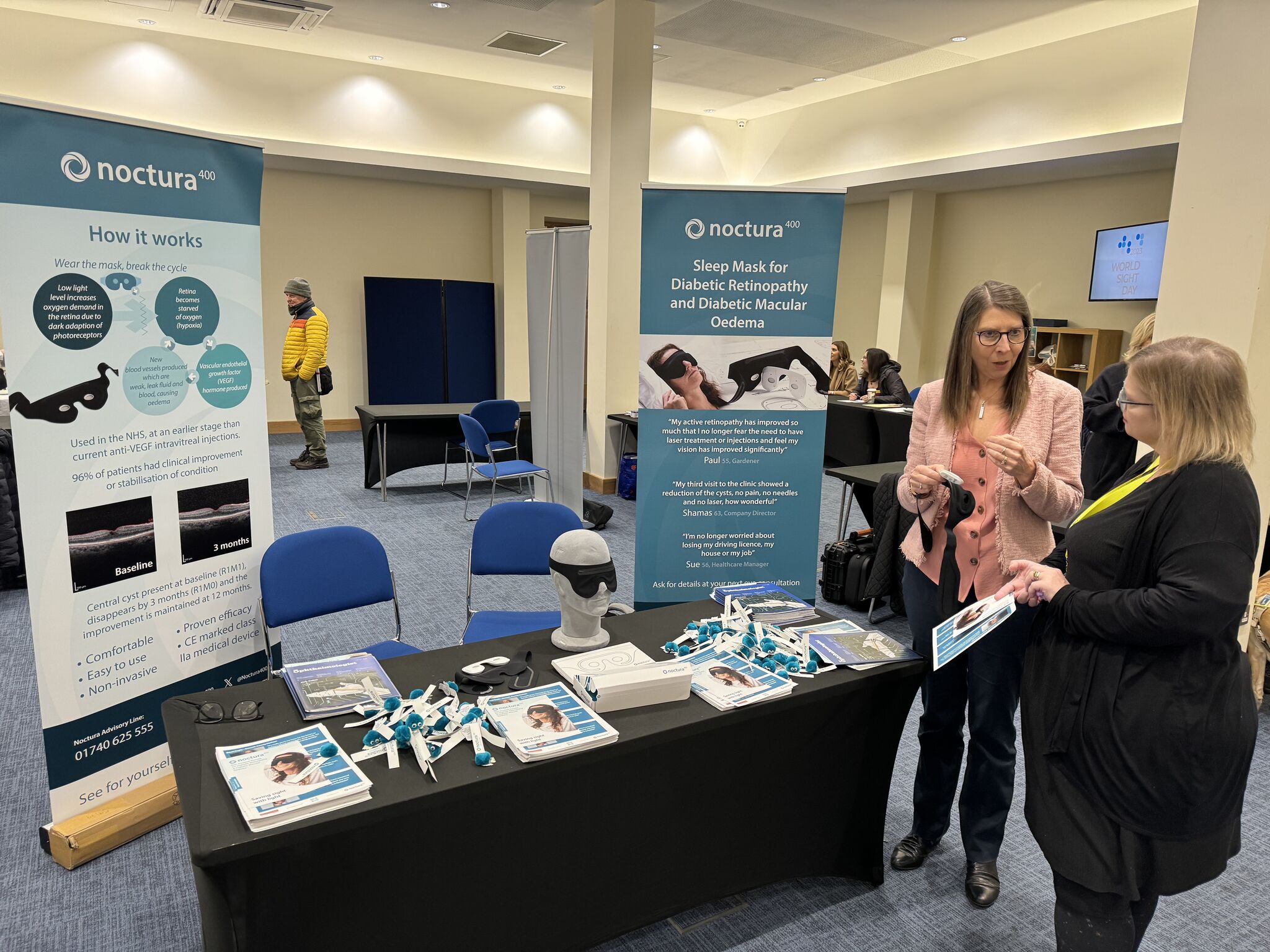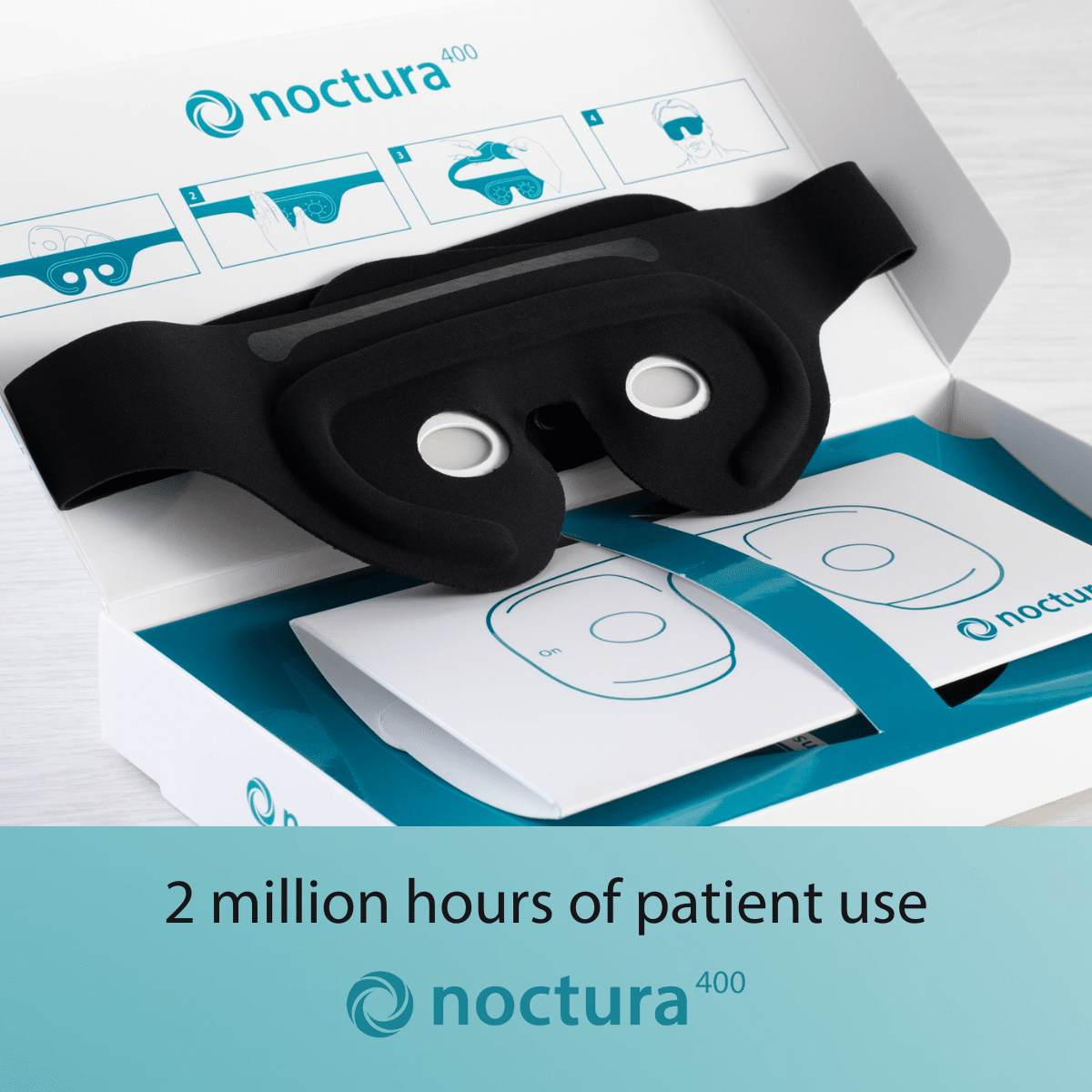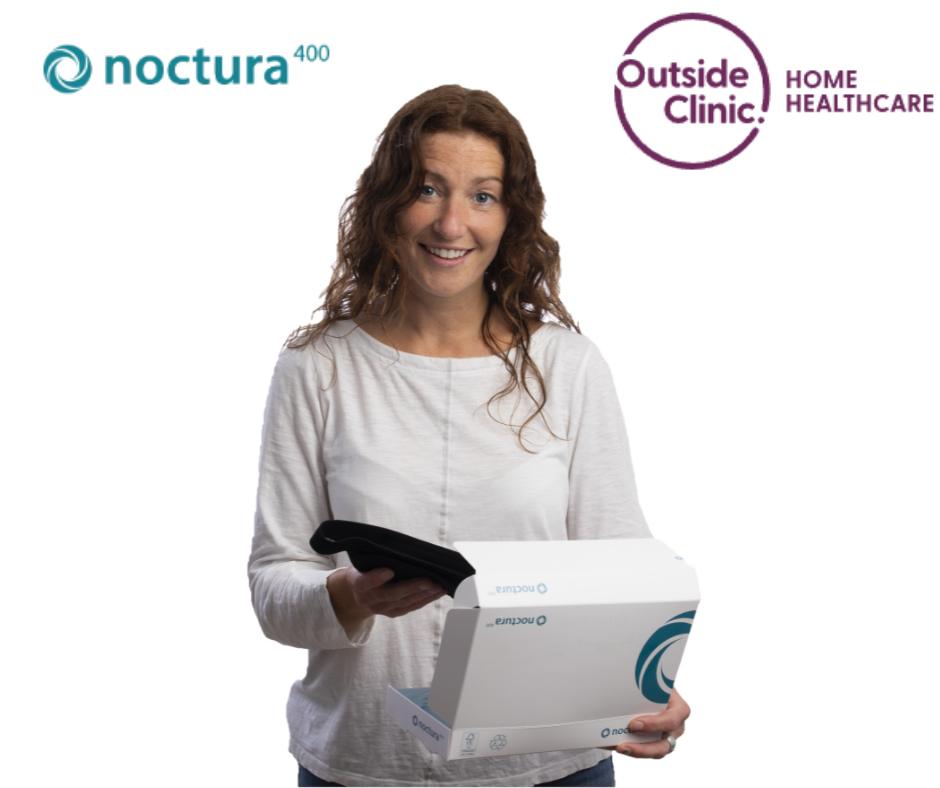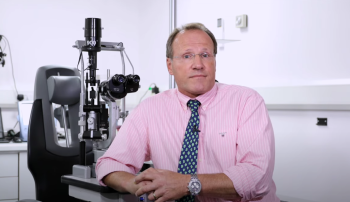

Noctura 400 first received a CE mark under the EU Medical Device Directive in 2014, for the treatment and prevention of diabetic retinopathy.
To gain a CE mark, a medical device is first classified according to clinical risk (risk to patient during use). Then, sufficient data and clinical evidence has to be generated to prove scientific validity, patient safety and efficacy. The amount of data and evidence required by the regulatory authorities, is proportional to the initial risk classification. Generating this data is time consuming and expensive, because lengthy clinical trials, a lot of testing and risk analysis is generally required.
The government of each country in the EU and UK assigns a Competent Authority to oversee the medical device regulations within that country. In the UK, this is the MHRA. The Competent Authorities then enlist the services of Notified Bodies in the country to enforce the regulations, and to gather and screen the data and evidence for each medical device before it is brought to market. This is to ensure patient safety, and to ensure there are no false claims made by medical device manufacturers when they bring their products to market. The Notified Body currently overseeing Noctura 400 is SGS.
More than 10 years on, and Noctura 400 maintains its CE mark as a home treatment for diabetic eye disease, and we continue to expand its market, and optimise the product. It’s not easy for a small company to research, launch and market a medical device, particularly in the current economic climate, and in a world where digital technology is rapidly and continuously evolving.
That’s why we’re really proud to have reached the milestone of 2 million hours of patient use, and we’re excited to treat even more patients going forward.


